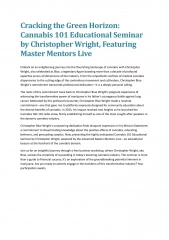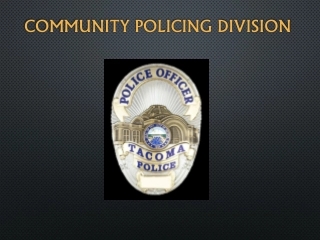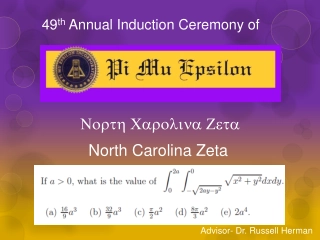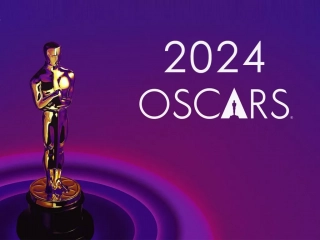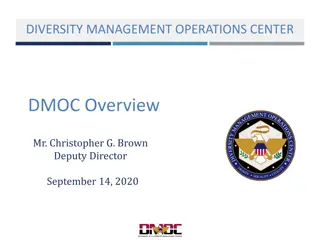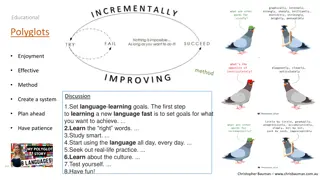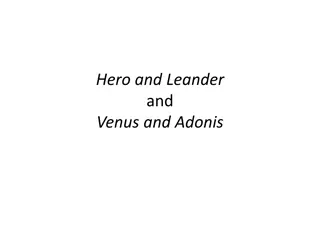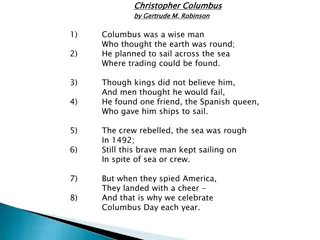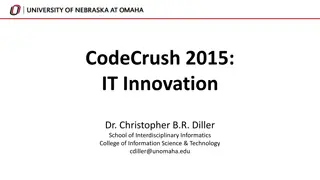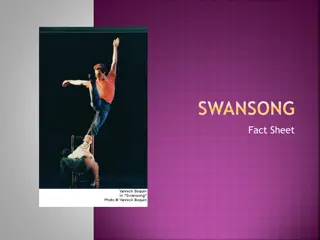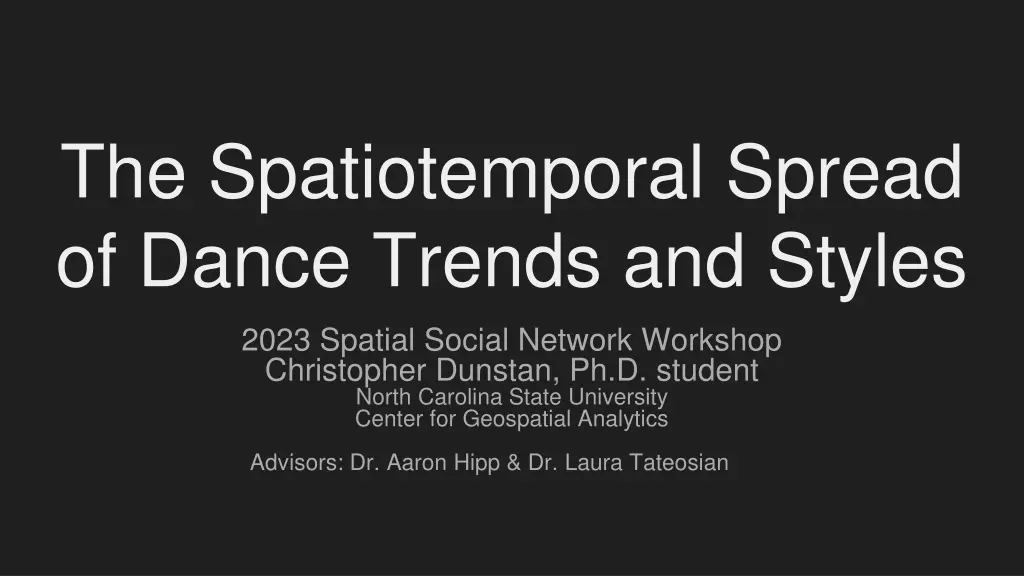
Understanding the Spatiotemporal Spread of Dance Trends and Styles in Social Networks
Explore the research on the spatial and social dynamics of dance trends using geotagged social media data. Dive into the case study of Flexn and the challenges faced in interpreting diverse datasets. Discover future directions in analyzing dance trends' spatial networks for innovation insights.
Download Presentation

Please find below an Image/Link to download the presentation.
The content on the website is provided AS IS for your information and personal use only. It may not be sold, licensed, or shared on other websites without obtaining consent from the author. If you encounter any issues during the download, it is possible that the publisher has removed the file from their server.
You are allowed to download the files provided on this website for personal or commercial use, subject to the condition that they are used lawfully. All files are the property of their respective owners.
The content on the website is provided AS IS for your information and personal use only. It may not be sold, licensed, or shared on other websites without obtaining consent from the author.
E N D
Presentation Transcript
The Spatiotemporal Spread of Dance Trends and Styles 2023 Spatial Social Network Workshop Christopher Dunstan, Ph.D. student North Carolina State University Center for Geospatial Analytics Advisors: Dr. Aaron Hipp & Dr. Laura Tateosian
https://on.soundcloud.com/BAszP Why study dance networks? Huffington Post
Datasets Geotagged Instagram, Twitter, and TikTok Collected with Twitter API, Brandwatch, TikTok web scraper Composed of 32,733 posts where half of the posts are geotagged
Case Study: Flexn A dance style that uses of elements of contortion and hip hop It originated in New York City
Graphing the spatial social network Nodes are the individual users (geolated) User2 Edges are mentions across social media platforms User2 mentions User1 User1
Challenges posed by the flexn dataset Interpreting the data is requires context Numerous emojis African-American Vernacular English (AAVE) frequently used 33 languages Identifying the same user across multiple platforms
Future directions Interpreting the data is requires context Using the diffusion of innovation model and bass model to determine original creators Using characteristics of a dance trend s spatial network in order to determine innovators

